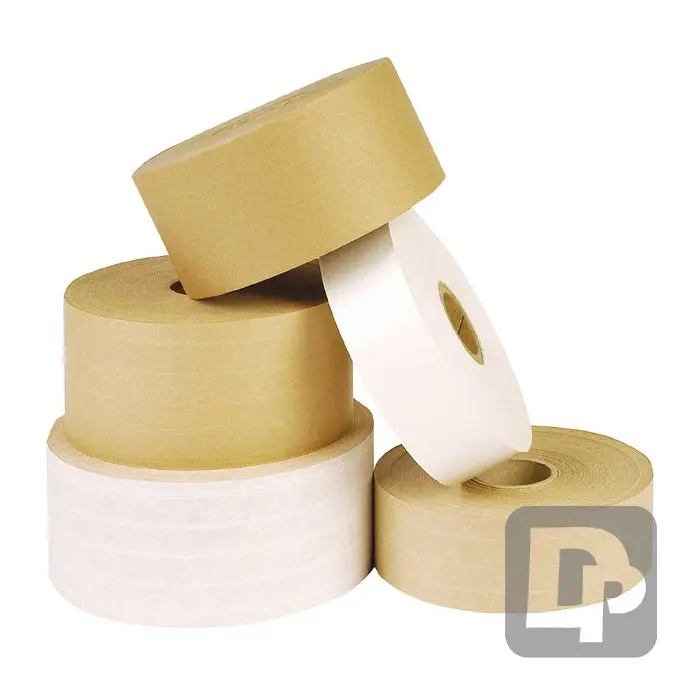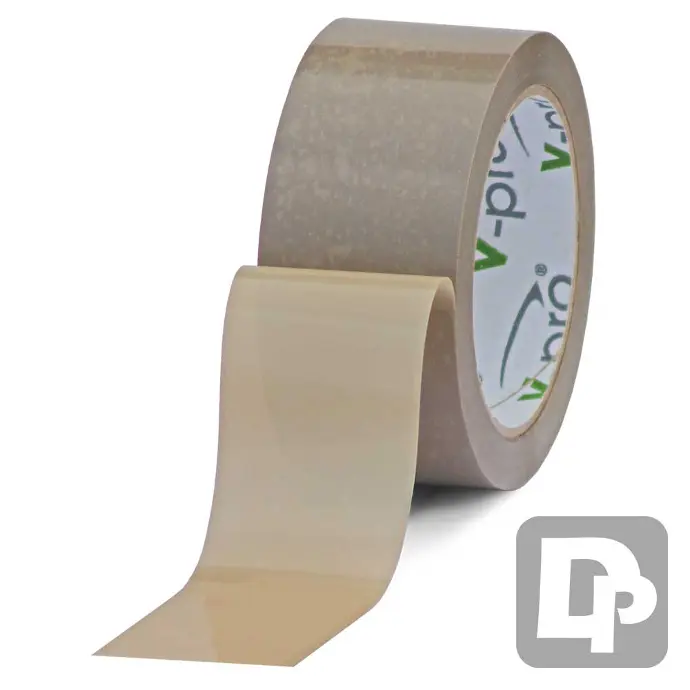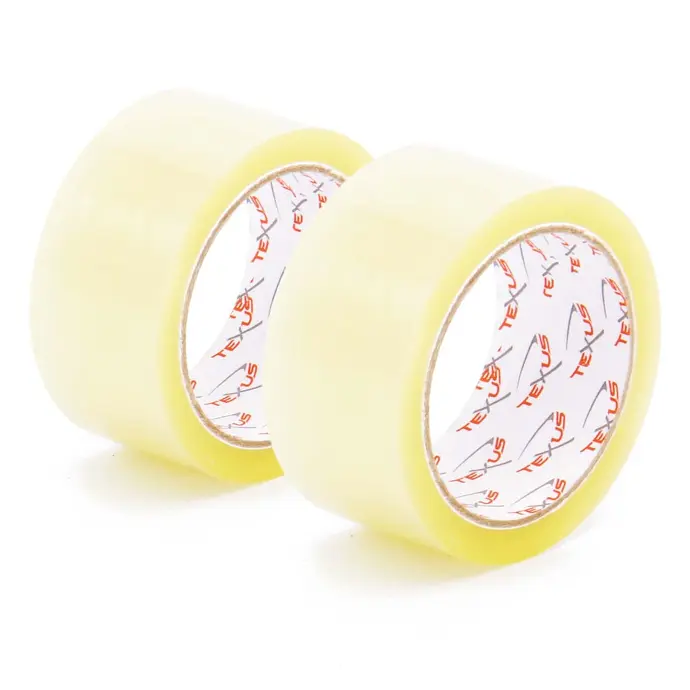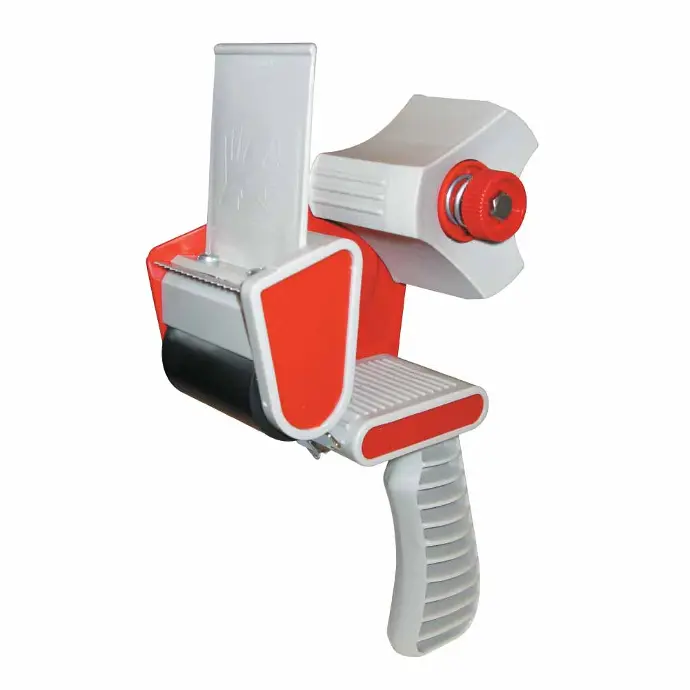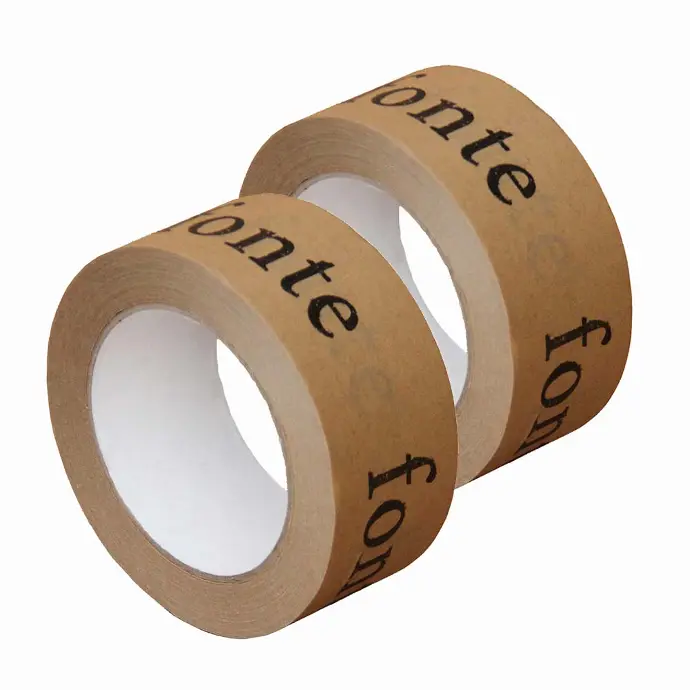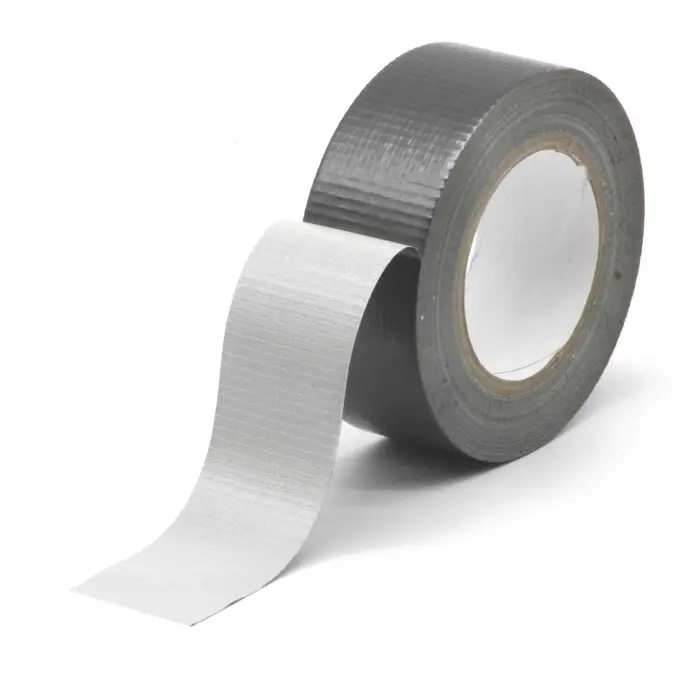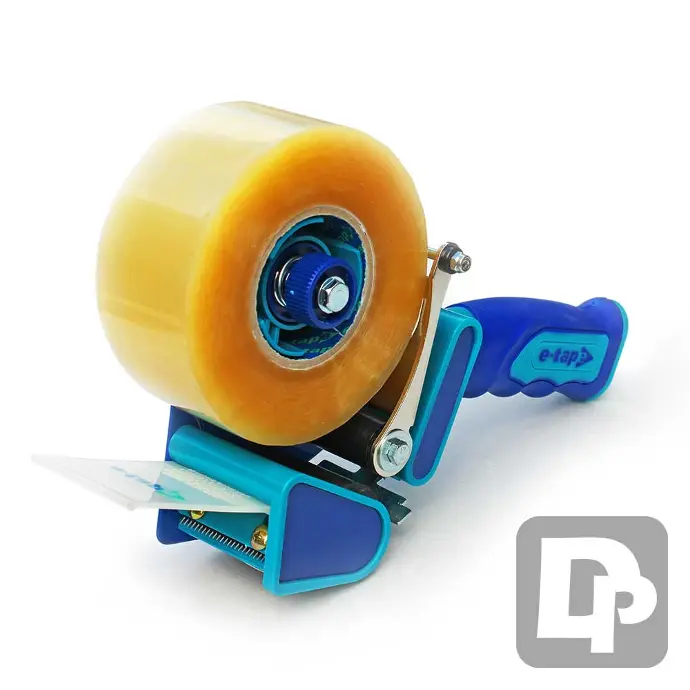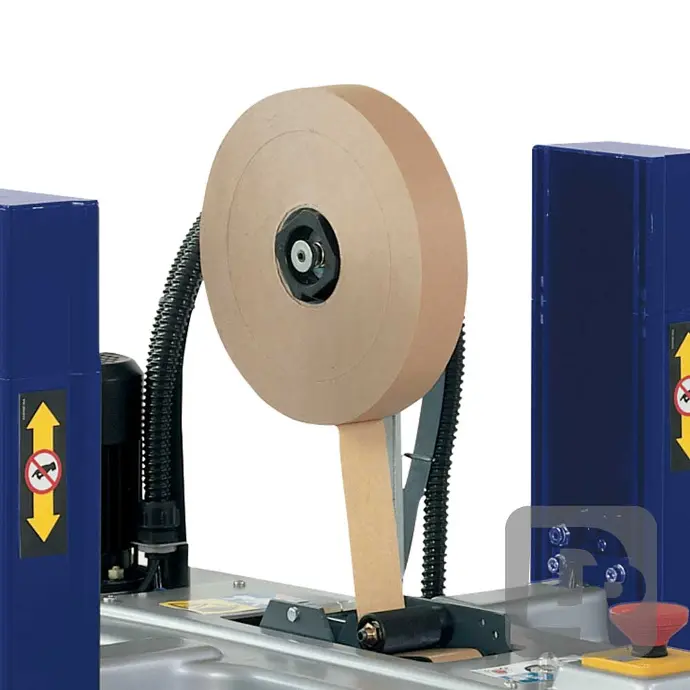Welcome to Your Ultimate Guide for Finding the Perfect Packing Tape!
Are you tired of packages falling apart or struggling with tape that just won't stick? Say goodbye to those packing headaches! Our mission is to help you find the ideal packing tape that suits your specific needs. Whether you're dealing with heavy boxes, extreme temperatures, or just need something that seals securely every time, we've got you covered.
To get started, simply answer a few quick questions using our interactive survey. Tell us about the issues you're experiencing, and we'll recommend the best packing tape tailored just for you. It's easy, fast, and ensures you get the right solution for a hassle-free packing experience.
Just hit 'start survey' on the right and let’s get packing the right way!
Finding the right packing tape can be a bit frustrating but we're here to help you make it easy.
Adhesive Strength in Packing Tape
Adhesive strength is a critical factor in the performance of packing tape. It determines how well the tape sticks to surfaces and how effectively it can secure packages over time. Adhesive strength can be categorized into two main types:
- Initial Tack: The immediate stickiness when the tape is first applied. High initial tack is important for quickly sealing packages.
- Long-Term Adhesion: The ability of the tape to remain stuck over an extended period, even under various conditions such as temperature changes or humidity.
Types of Adhesives Used in Packing Tape
The type of adhesive used in packing tape greatly influences its performance characteristics, including its adhesive strength. Here are the main types of adhesives used:
1. Acrylic Adhesives
- Characteristics: Acrylic adhesives are water-based and are known for their resistance to environmental factors such as UV light, temperature extremes, and oxidation.
- Advantages:
- High durability and long-term adhesion.
- Good performance in a wide range of temperatures.
- Cost effective for general packaging requirements.
- Disadvantages:
- Generally have a lower initial tack compared to rubber-based adhesives.
- May not perform as well on dusty or dirty surfaces.
2. Rubber-Based Adhesives
- Characteristics: Rubber-based adhesives can be natural or synthetic. They are known for their high initial tack and good overall adhesion.
- Advantages:
- Excellent initial tack, providing quick stickiness.
- Good adhesion to a variety of surfaces, including rough or uneven surfaces.
- Often more affordable.
- Natural rubber adhesive is great for freezer storage applications.
- Disadvantages:
- Less resistant to UV light and aging.
- Can lose adhesion over time, especially in extreme temperatures.
- Synthetic rubber adhesives may become brittle in cold conditions.
3. Hot Melt Adhesives
- Characteristics: Hot melt adhesives are thermoplastic adhesives that become tacky when heated and then solidify upon cooling. They are often used in applications requiring strong bonding and quick setup.
- Advantages:
- High initial tack and fast bonding.
- Strong adhesion to a variety of surfaces.
- Good performance in ambient temperatures.
- Disadvantages:
- Can soften in high temperatures.
- Less resistant to UV light and aging compared to acrylic adhesives.
Choosing the Right Adhesive for Your Needs
The choice of adhesive depends on the specific requirements of your packing needs. Here are some considerations:
- For Long-Term Storage or Extreme Conditions: Good quality acrylic and natural (solvent) rubber adhesives are ideal due to their durability and resistance to environmental factors.
- For Quick and Immediate Sealing: Rubber-based adhesives are suitable because of their high initial tack.
- For Cold Environments: Solvent rubber adhesives work well as they maintain their adhesion in low temperatures.
- For General Use: Hot melt adhesives provide a good balance of cost and performance for most everyday applications.
By understanding these different types of adhesives and their properties, you can make an informed choice to ensure your packing tape meets your specific needs effectively.
Durability and Reliability in Packing Tape
Durability and reliability are crucial factors in the effectiveness of packing tape, especially for securing packages during shipping and storage. These attributes ensure that the tape can withstand various stresses and environmental conditions without failing.
Key Aspects of Durability and Reliability:
- Tear Resistance:
- The tape’s ability to resist tearing or breaking under stress. Higher tear resistance means the tape can handle heavier or bulkier packages.
- Weather Resistance:
- The tape's performance under different environmental conditions, such as temperature extremes, humidity, and UV exposure. Good weather resistance ensures the tape remains effective regardless of storage or shipping conditions.
- Aging:
- The tape's ability to maintain its adhesive properties and structural integrity over time. A tape that ages well won’t become brittle or lose its stickiness.
Materials Used in Backing Substrates for Packing Tape
The backing substrate of packing tape plays a significant role in its durability and reliability. The substrate material affects the tape’s strength, flexibility, and resistance to tearing and environmental factors. Here are the main materials used:
1. Polypropylene (PP)
- Characteristics:
- Polypropylene is a thermoplastic polymer known for its strength, flexibility, and resistance to fatigue.
- Advantages:
- High tensile strength and tear resistance.
- Good resistance to temperature changes and humidity.
- Generally more affordable than other materials.
- Applications:
- Commonly used for standard packing tapes and shipping tapes.
2. Polyvinyl Chloride (PVC)
- Characteristics:
- PVC is a durable plastic that is flexible and resistant to tearing and punctures.
- Advantages:
- Excellent durability and tear resistance.
- Superior flexibility, making it easier to apply.
- Good resistance to abrasion and impact.
- Applications:
- Often used for heavy-duty packing tapes where additional strength is required.
3. Paper
- Characteristics:
- Paper-backed tapes are made from kraft paper and are often reinforced with fiberglass for added strength.
- Advantages:
- Eco-friendly and recyclable.
- Good adhesion and easy to tear by hand.
- Can be reinforced for added strength.
- Applications:
- Used for eco-friendly packaging solutions and applications where recyclability is a priority.
4. Polyester (PET)
- Characteristics:
- Polyester is a strong, durable material known for its high tensile strength and resistance to stretching and tearing.
- Advantages:
- Excellent durability and resistance to tearing.
- High resistance to temperature variations and UV light.
- Applications:
- Used in high-performance tapes for demanding applications, such as industrial packaging and sealing heavy or valuable items.
Summary
Choosing the right packing tape involves understanding the specific requirements of your packing needs. Here’s a quick guide:
- For Heavy-Duty Needs: Consider PVC or polyester backing for their superior strength and durability.
- For Standard Use: Polypropylene is a cost-effective option with good overall performance.
- For Eco-Friendly Packaging: Paper-backed tapes provide an environmentally friendly alternative.
- For Long-Term or Extreme Conditions: Tapes with polyester backing offer high resistance to UV light and temperature changes.
By selecting the appropriate backing material, you ensure that your packing tape provides the necessary durability and reliability for your specific applications.
